Support strong Canadian climate journalism for 2025
The toxic waste of the Canadian oilpatch has been quietly spreading in the boreal forest since bitumen mining began near Fort McMurray in Northern Alberta in the 1960s.
The mix of clay, water, toxic acids, metals and leftover bitumen has sprawled in artificial ponds to cover an area twice the size of the city of Vancouver.
More than one trillion litres of the goop, called tailings, fill these man-made waste lakes that can be seen from space. An equivalent amount of water would take five days to tumble over Niagara Falls.
The contaminated tailings ponds attract and kill migrating birds. They emit methane and other greenhouse gases.
Despite years of public promises from officials that the tailings ponds would shrink and go away, they are growing. And in the meantime, troubling gaps are opening in the oversight system meant to ensure the oilpatch cleans up its mess. Alberta has collected only $1 billion from companies to help remediate tailings — a problem that is now estimated to cost about 100 times that.
Decades and billions have been spent on research and still there is no sure solution to a problem that is getting attention beyond Alberta. In August, the Commission for Environmental Cooperation — a NAFTA organization composed of officials from the U.S., Mexico and Canada — announced it would investigate and produce a report on tailings ponds and the threat they pose to surrounding groundwater and rivers.
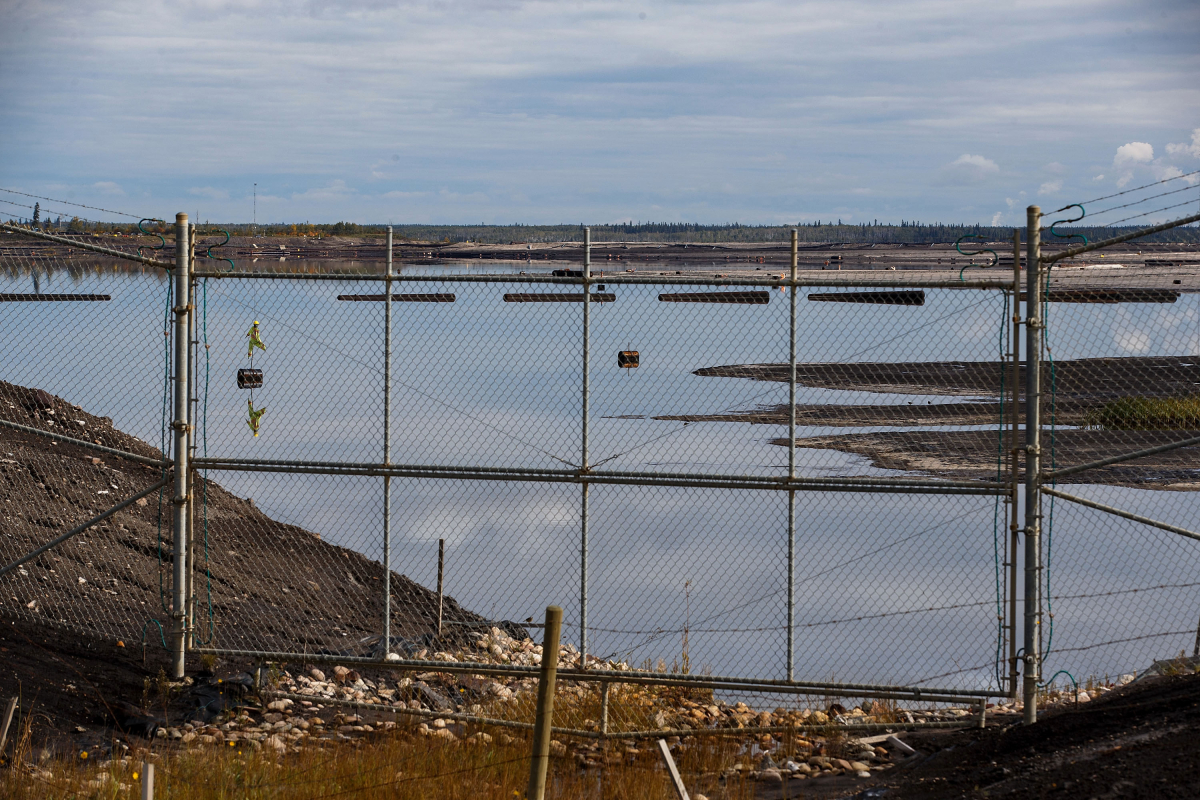
'My people will become environmental refugees'
While the world watches, the mining companies operating here have been allowed by regulators to pursue a clean-up technique called water capping.
It’s supposed to work like this: put the tailings into a mined-out pit, then cover it with fresh water from a nearby river or reservoir. The idea, according to oil producer Syncrude, is that the tailings will settle to the bottom and over time the lake will turn into a healthy ecosystem supporting fish, animals and aquatic plants.
“It’s biologically and chemically an impossible fantasy,” said David Schindler, a former University of Alberta professor and renowned freshwater scientist and officer of the Order of Canada.
Other scientists say the water-capped ponds may become effective in storing tailings even if they do not one day support aquatic life, though it will take years to be sure.
What is clear is that the technique is unproven, and by conditionally approving industry plans that include it, Alberta officials are signaling they still have no idea how they’re going to clean up the waste of the oilpatch.
The Alberta Energy Regulator (AER) “can approve tailings management plans that rely on unproven technologies,” the agency said. Water capping “requires more research, assessment and policy direction.”
The ponds, meanwhile, are polluting the air and leaking out the bottom, possibly reaching surrounding groundwater and the nearby Athabasca River.
“One day, because of the environmental impacts, my people will become environmental refugees,” said Athabasca Chipewyan First Nation Chief Allan Adam.
“The ponds have just grown and grown for five decades,” said Jodi McNeill, policy analyst for environmental think-tank Pembina Institute. “If we just continue kicking the can down the road, we could be leaving a legacy of at least tens of billions in cleanup costs ... to future generations.”
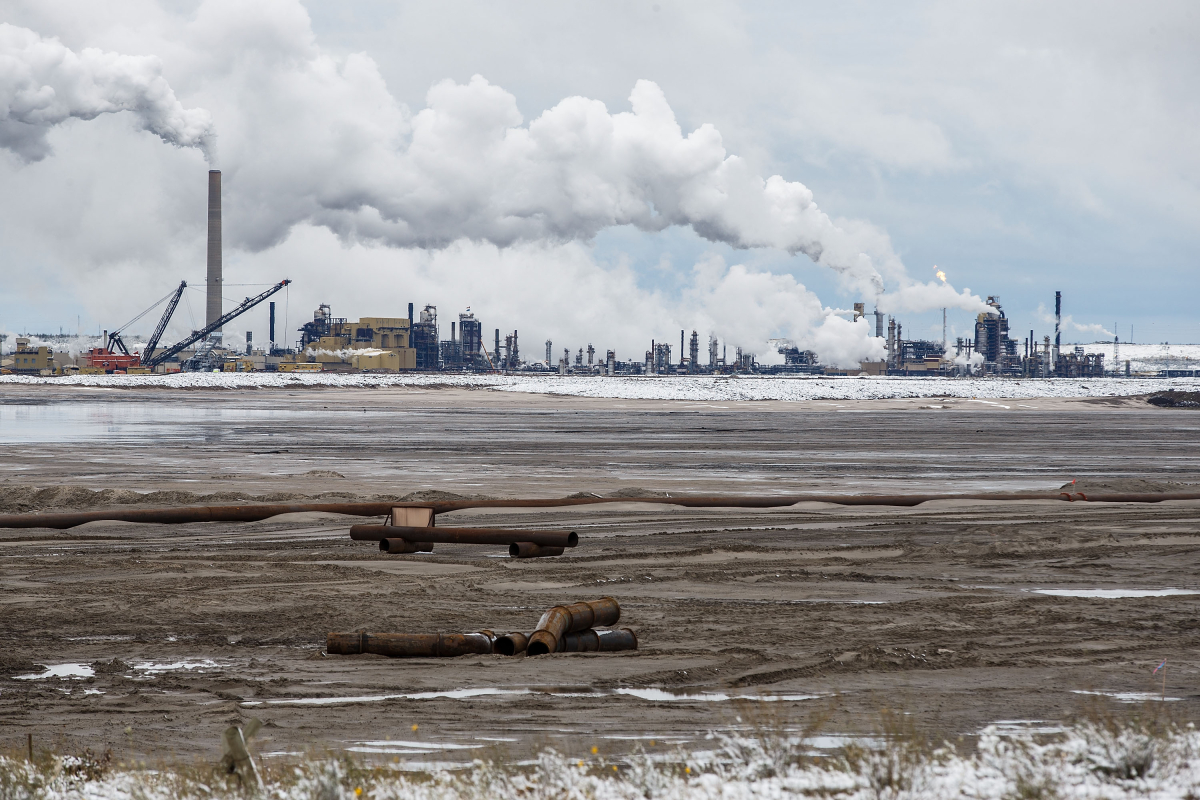
Syncrude — which operates two bitumen mines in the oilsands and has nine tailings ponds — has been studying water capping since the 1980s, and says on its website that decades of company research shows it will work. That research includes the industry’s first full-size water-capped tailings pond, Base Mine Lake, which was filled in 2013.
A Syncrude report about Base Mine Lake, one of two obtained by the Star, shows that after its first year, 2014, the lake was toxic and inhospitable to most aquatic life. Schindler says the report shows high levels of methane in the overlying freshwater as well as oxygen levels that no fish and few invertebrates could tolerate. The levels of ammonia were toxic to most aquatic life and the dark water severely limiting to photosynthesis.
After reading the other report — detailing improving conditions in the lake two years later, in 2016 — another freshwater scientist, Neil Hutchinson, said the cap may not be deep enough to prevent wind gusts from stirring up and resuspending solids from the tailings waste about 10 metres below the surface.
“It’s a promising approach. It’s far from proven,” he said. “It might (end up becoming) a safe way to store tailings, but the jury is out on whether you’re going to end up with a nice self-sustaining system.”
Slicks of bitumen can occasionally float to the surface, the reports show.
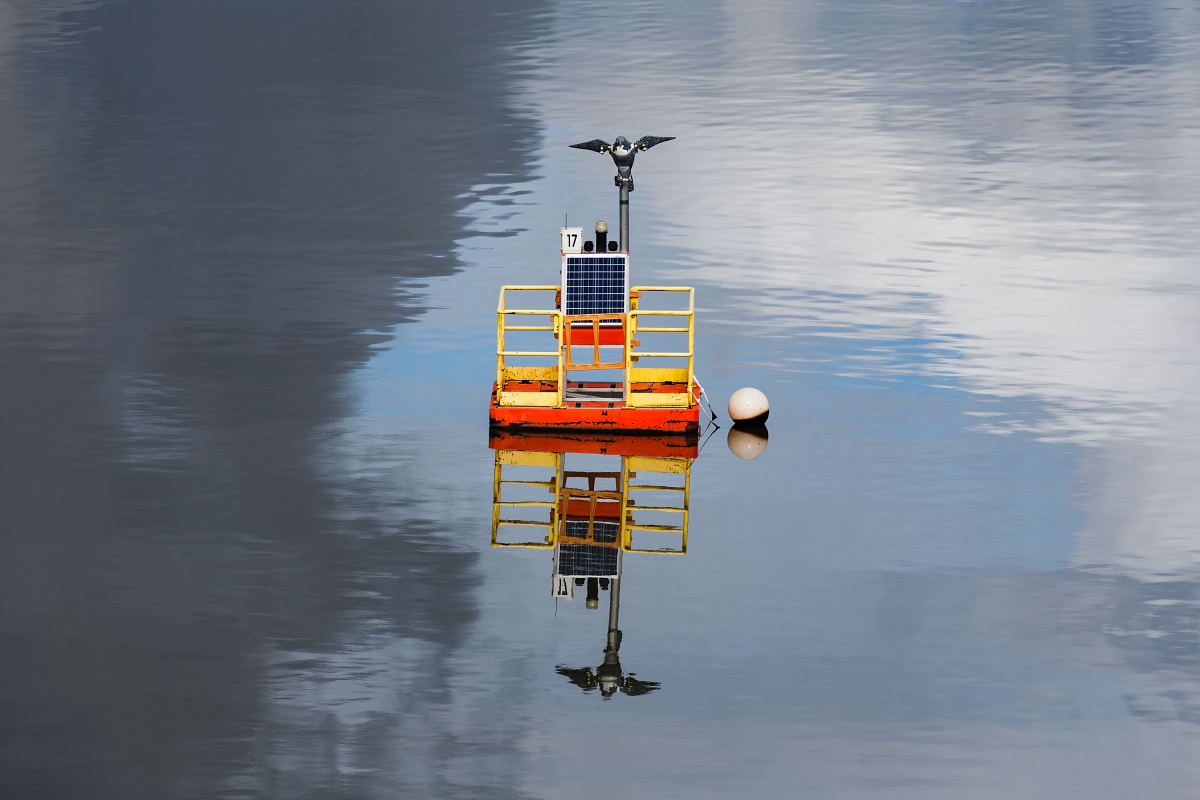
AER experts estimate mining liabilities of $130 billion
Schindler calls Syncrude’s claim that the water-capped waste lakes will become healthy ecosystems “hubristic,” and the regulator “gullible” for approving several companies’ plans “without evidence that even one … can be restored as claimed.”
Nearby First Nations don’t want water capping. A consultant to Mikisew Cree First Nation says approving more water-capped lakes is “risky” and “irresponsible,” while the Fort McKay First Nation has called the idea a “major concern” that has “never been endorsed” by its community.
Syncrude spokesperson Will Gibson said “the water quality is improving” and the tailings are “consolidating,” adding that the company has spent $3 billion developing technologies to treat tailings. “We are confident this technology will prove to be successful.”
Oil companies are required to return the lands they develop to a natural state. But in August, after a bankrupt company simply left the province without decommissioning and cleaning up 4,000 wells, pipelines and other facilities, the CEO of the Alberta Energy Regulator took the unusual step of publicly addressing a “gap in the system” — an admission that showed the regulator is struggling to police the oilpatch. The CEO said that the incident has prompted the AER to look at ways to fix both the AER’s processes and its governing legislation.
The AER publicly says the province is protected from abandonment of tailings ponds because Suncor, Imperial, Syncrude, CNRL and other companies are required to put money into a fund called the Mine Financial Security Program. The fund has collected more than $1 billion from companies.
The cost to clean up the oilsands mining operations facilities? An estimated $130 billion, according to internal AER calculations revealed in recent joint investigation by National Observer, Global News and the Toronto Star. That’s $100 billion more than the public had been told before. The tailings ponds make up the largest but unknown portion of this AER estimate.

To put this staggering amount into perspective, cleaning up after the 2013 Calgary flood cost $6 billion, and recovery from the Fort McMurray wildfires of 2016, $9 billion.
If there were just a bucket of tailings in your kitchen, you could put the waste in the oven and dry it out in a few hours. Industrial-size amounts can be dried using centrifuges and additives. Drying tailings makes them easier to contain and less likely to contaminate the landscape.
“At least it doesn’t flow … We know it’s there. It’s a salty piece of dirt or junk,” said Dan Stuckless, industry relations manager with the Mikisew Cree First Nation, located downstream of the oilsands along the Athabasca River.
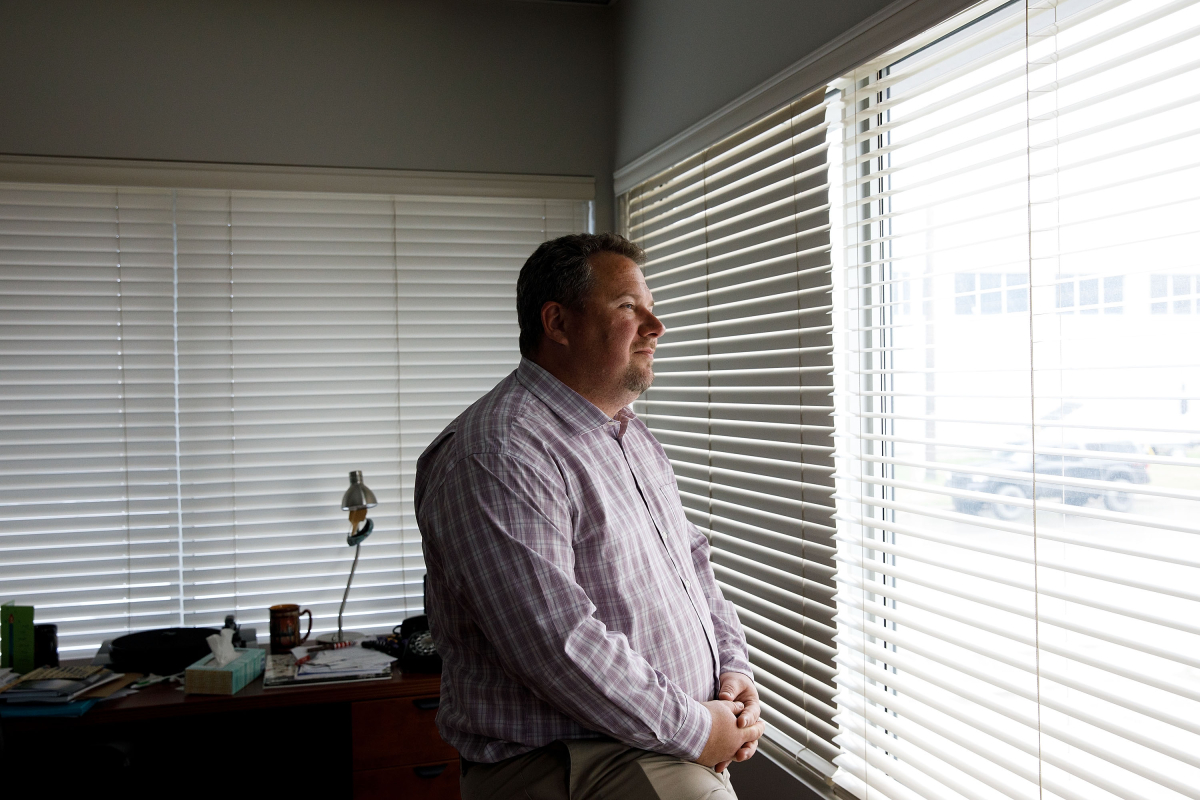
Oilsands company lawyer said water capping would be more efficient
Companies have also treated tailings with gypsum or polymers, which speed up the water separation process. Canadian Natural Resources Ltd. is researching a way to eliminate the need for tailings ponds altogether.
Syncrude uses a $1.9-billion centrifuge, though it uses a lot of electricity. Wapisiw Lookout is a former tailings pond that Suncor dried out with a water-separating polymer and covered with soil, trees and native grasses in 2010, transforming it into a 220-hectare watershed that supports wildlife, including the occasional bear.
At one point, the AER ordered companies to solidify and bury the waste, an expensive process. Industry didn’t expect it would be so difficult to remove the water from the clay and other components of tailings, said Suncor spokesperson Sneh Seetal.
Industry didn’t comply. The government backed off.
Water capping is relatively cheap. During a 2012 hearing into a proposed oilsands expansion, a Syncrude company lawyer suggested it would cost less money and energy and require less land disturbance than centrifuging and another method called thin-lift drying.
Since 2016, four companies have told the AER they intend to use water capping despite the fact that the regulator hasn’t approved the technology. Though the regulator required the companies to submit plans for alternatives in case water capping fails, only one, Suncor, submitted a plan the regulator found sufficient. The companies have proposed a total of eight water-capped lakes that would store tailings.
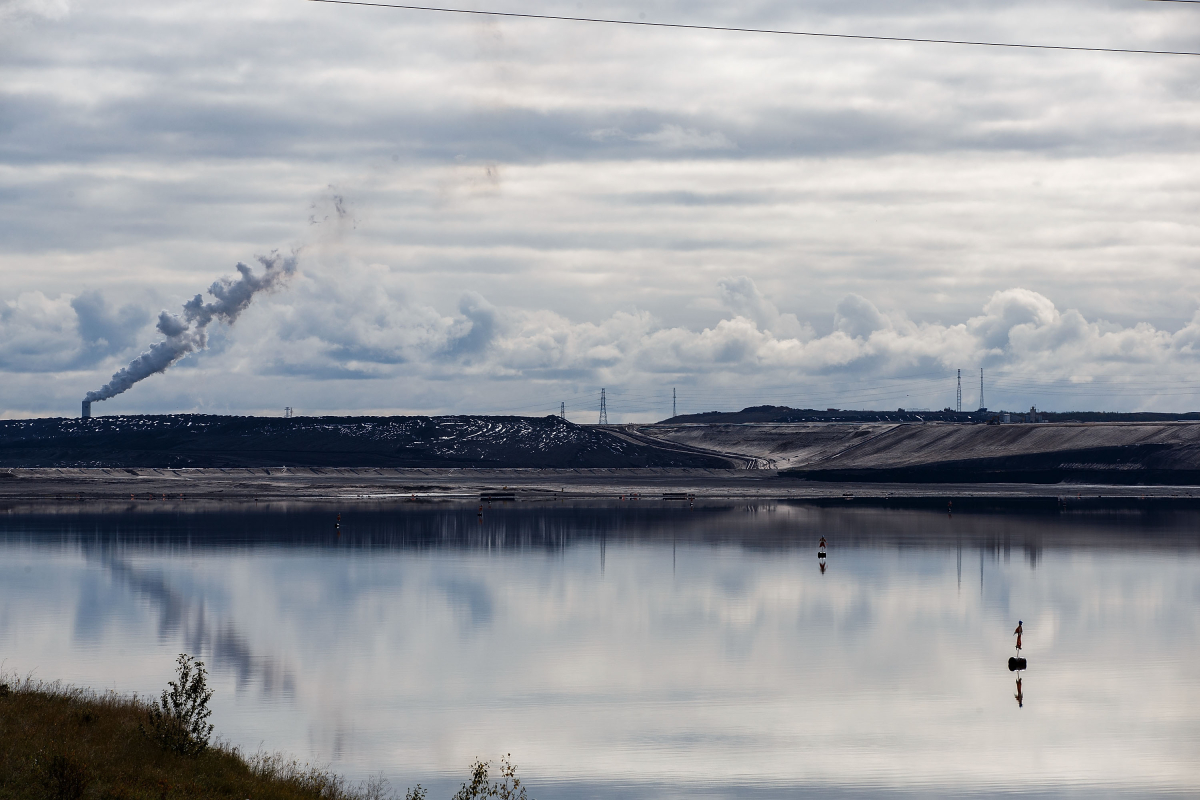
Seepage and leaks from tailings ponds may occur
The regulator has issued conditional approvals requiring companies to research the technology further and allowing extra time — in some cases, years — to come up with alternatives. For example, Imperial Oil’s Kearl mine must present its alternative by 2027.
While AER waits, the waste is increasing, projected to reach 1.5 trillion litres by late 2030. The volume won’t begin to shrink until 2037, according to company filings and the Pembina Institute.
In 2009, embarrassed by international media coverage when 1,600 ducks died after landing on a Syncrude tailings pond — leading to an Alberta-record $3-million fine — provincial officials introduced the directive requiring companies to dry out and bury tailings. A government spokesperson said Albertans will have “certainty on … when and how (tailings ponds) are going to be closed … This has teeth.” Two premiers have since told Albertans the ponds would soon disappear from the landscape.
But the ponds are growing, and they’re right along the migratory pathways for millions of birds that use the freshwater Peace-Athabasca delta for breeding or as a stopover as they move farther north to breed.
Every spring and fall the ducks, loons, herons, raptors, songbirds and other birds, some of them rare, congregate. Those seasons are stormy, sending the birds in a hurry to find a safe spot to land.
Mining companies are required to place bird deterrents on and around their ponds. The result is eerie: near-constant booms of bird cannons, nightmarish shrieks of radar-activated mechanical falcons and faceless scarecrows perched above the surface.
The ruses don’t always work. Every year an estimated 200,000 birds land on the oilsands’ industrial water bodies, including tailings ponds, according to a 2013 report by the University of Alberta’s Oil Sands Bird Monitoring Program.
“It only takes a dime-size drop of oil to kill a bird,” said Sarah Hechtenthal, a wildlife biologist. A spot of bitumen is difficult to get out before it puts a hole in the waterproof shell of a bird’s feathers. “They’re so focused on the little spot of oil, they won’t eat, they won’t evade predators, they get so focused on preening.” The oil could trouble the bird’s ability to fly or stay warm. Oil from a bird’s feathers could also clog the little holes on the surface of its eggs.
The ponds also leak.
While companies are required to build dikes, wells and ditches to detect tailings, collect them and divert them back to their source, some appears to be trickling to groundwater.
“Seepage … may take decades to reach surface waters,” said an internal 2009 memo, written by an associate deputy minister at Environment Canada, adding that “in their environmental assessments, many oil sands companies acknowledge that this may occur.”
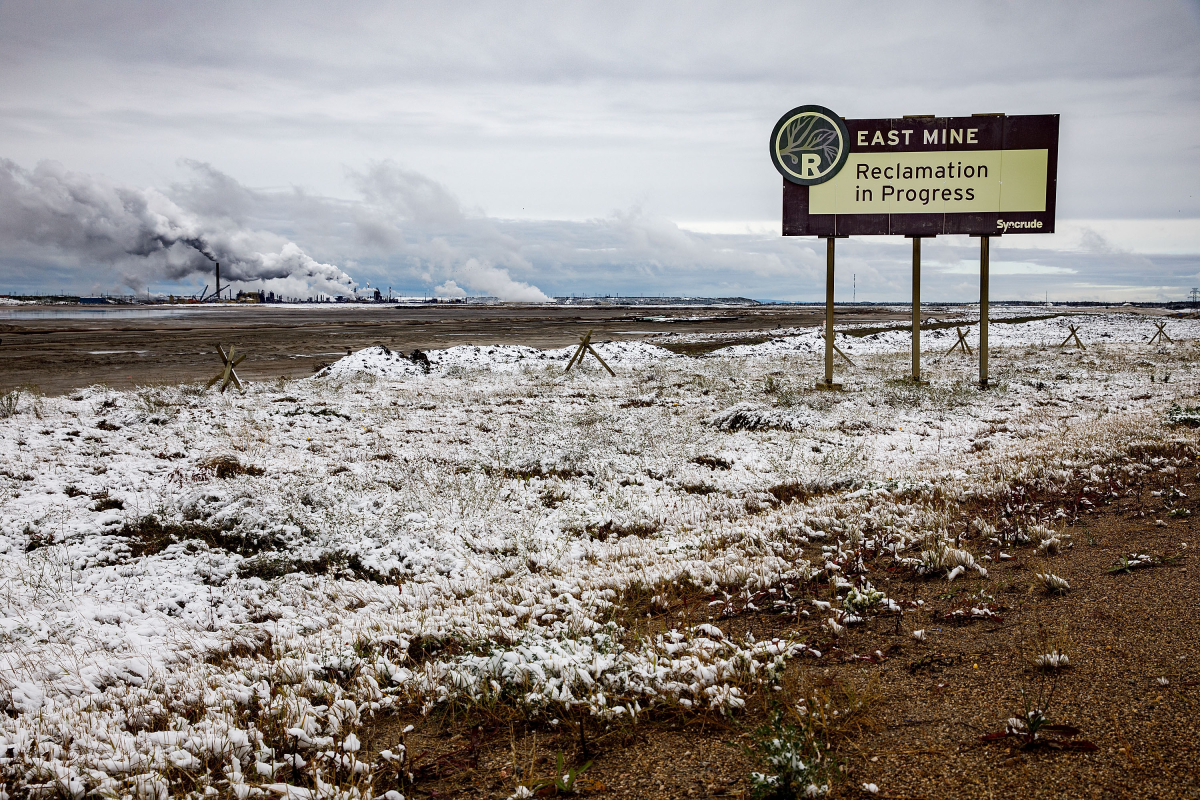
'Am I keeping my family safe by eating this?'
Findings from a 2014 study by Environment Canada researcher Richard Frank and a team of Canadian and British scientists indicated oilsands-tainted groundwater was likely reaching the Athabasca River, the government has said.
Environment Canada called the study “seminal” but stopped its proactive inspections around this time. A spokesperson told the Star it is not clear this seepage is harmful to the environment, and there is no definitive way to differentiate between groundwater that has been tainted by industry waste water and groundwater that has been impacted by naturally occurring bitumen deposits.
“We used to eat fish all the time as an important staple,” said Cleo Desjarlais Reece, a member of Fort McMurray First Nation. “But nobody does that anymore.”
Trappers are afraid to eat the animals they catch, fearing that the wildlife may have drunk contaminated water. “Am I safe? Am I keeping my family safe by eating this?” said Jean L’Hommecourt of Fort McKay First Nation, located 54 kilometres north of Fort McMurray and surrounded by mining operations.
Tailings ponds are also a source of air pollutants: “Smog-forming volatile organic compounds, methane (a greenhouse gas) and benzene (a toxic, carcinogenic volatile organic compound) … accounting for more than 70 per cent of a facility’s total,” according to the 2009 memo to the federal environment minister.
There is “shockingly poor regulatory oversight and lack of ambition on tailings management progress in Alberta,” the Pembina Institute told the AER in a February letter.
Base Mine Lake is about 50 metres deep, most of it tailings. The water ripples in the breeze. A herd of wood bison grazes nearby, a fence separating the animals from the waves lapping at the grassy shore. Mechanical falcons screech from platforms above the surface and the cannons boom. Steam rises from the Syncrude plant on the horizon.
Below the surface, there is low oxygen, high salinity and naphthenic acids — byproducts of oil production that are toxic to fish and may be harmful to mammals — as well as chloride “much above provincial guideline,” said Schindler after reviewing the company’s latest internal report.
Megan Thompson, a freshwater scientist working as a consultant to Indigenous groups in the region, also reviewed the Syncrude test-lake reports and also noted high salinity, harmful to some freshwater life and “persistently high concentration of naphthenic acids.”
While Schindler noted some water-quality improvements and areas with “a handful” of organisms, natural lakes in the region would have “hundreds to a few thousand species.”
“I still see no convincing evidence that these are going to be productive, viable lakes. Nothing yet that would indicate that these will be the nice lakes in their promotional fantasies,” said Schindler, who has testified for interveners in resource development hearings.
Before capping the Base Mine tailings, Syncrude built smaller test ponds in 1989, each holding 2,000 cubic metres of tailings and water. “In the first year, the water quality improved to support aquatic life,” said Gibson, the company spokesperson.
Syncrude scaled up to four test ponds of 140,000 cubic metres in the ’90s, then finished filling Base Mine Lake with water in 2013.
“What we found in our test ponds was that the technology works … We’re hoping to show it’ll do that on this scale,” Gibson said. “But it isn’t there yet.”
Canada’s Oil Sands Innovation Alliance, an industry group, said water-capped — or end pit — lakes “are a best practice in the global mining industry.”
In the Lusatia region of Germany, former coal mines have been transformed into a glimmering recreational lake district. Alberta has had success with mostly former coal mines, including Quarry Lake in Canmore. Water-capped Berkeley Lake in Montana, a former copper mine pit that was allowed to flood in the 1980s, is now filled with reddish-brown acidic waters that threaten to contaminate a nearby town’s water supply.
Base Mine Lake was approved and filled under stricter regulations and after years of research and modelling, said Jerry Vandenberg, a pit lake expert who is sometimes contracted to work in the oilsands.
Vandenberg noted, though, that typical metal mine waste is often sand-like and separates from water “very rapidly,” while bitumen tailings contain clay particles that repel each other and stay suspended in the water.
Water capping is an understandable pursuit, says freshwater scientist Neil Hutchinson, who worked as a lake scientist for the Ontario environment ministry and has advised industry and government on resource development projects across Canada since becoming a consultant.
“All the tailings are out there. Those (mined-out) pits are out there, too. If you could put the two of them together to find safe, long-term storage, that’s a good idea — if it works as planned.”
The Alberta Energy Regulator says that a company must have a plan to return the land “back to how it looked and how it was used (or similarly) before development took place.”
Safe tailings storage was the main consideration for Base Mine Lake, said Vandenberg, and therefore, it is “following the right trajectories. ... We’re seeing faster detoxification than what we predicted.” He also said it’s reasonable to anticipate the experimental lake could able to host fish in 10 to 20 years.
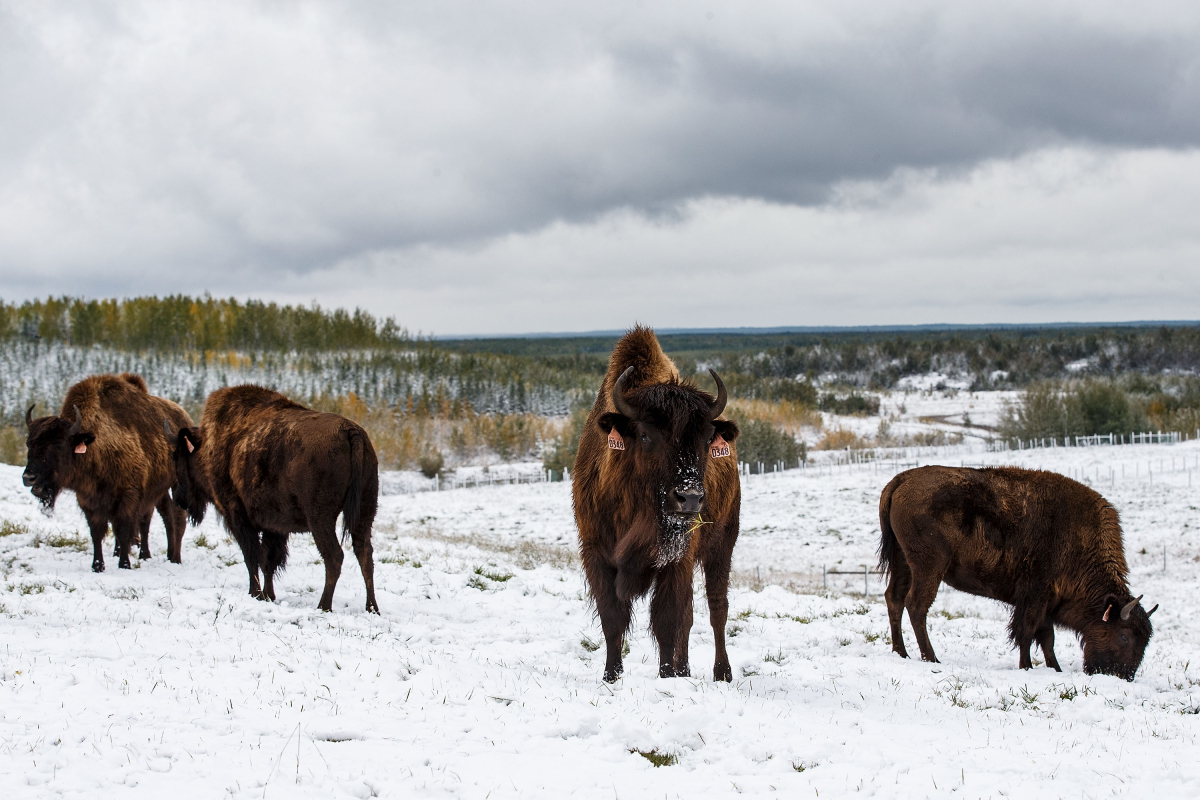
Greg Lawrence, an expert in rehabilitating polluted lakes and a former Canada Research Chair involved with monitoring Base Mine Lake, noted improving dissolved oxygen levels and said the tailings are settling as planned but “it is too early to make any judgments.”
The 2009 internal memo to the environment minister warned that after 15 to 20 years the sediments could generate methane gas bubbles “that could re-suspend tailings and prevent settling and potentially mix fine tailings into this proposed water cap.”
Starting in 2021, the AER will begin getting the additional water-capping information it requested from companies, plus their backup plans.
“One thing about a lake is the bottom sediments is an important part of the productivity,” Schindler said. “If the whole deep part of the lake is just toxic gunk that nothing can live in, and you have this little bathtub ring around the edge where the clean water cap is, they’re not going to support fish and life.
“There is never going to be a situation where these lakes will be rimmed with cottages.”
With files from Mike De Souza, National Observer. The Price of Oil series is the result of the largest ever collaboration of journalists in Canada, from the Toronto Star, Global News, the National Observer and journalism schools at Concordia, Ryerson, Regina and UBC.
Emma McIntosh is an environment, justice and investigative reporter with StarMetro Calgary. Follow her on Twitter at @EmmaMci
David Bruser is a Toronto-based investigative reporter. Follow him on Twitter: @DavidBruser
If you’ve made it this far, you must care about in-depth and responsible journalism. How about supporting more articles like this one in National Observer? Get 60% off during our Black Friday sale for access to Canada’s top investigations on energy, climate, the environment and more. If you’re already a subscriber, please consider gifting a subscription, just in time for the holiday season.

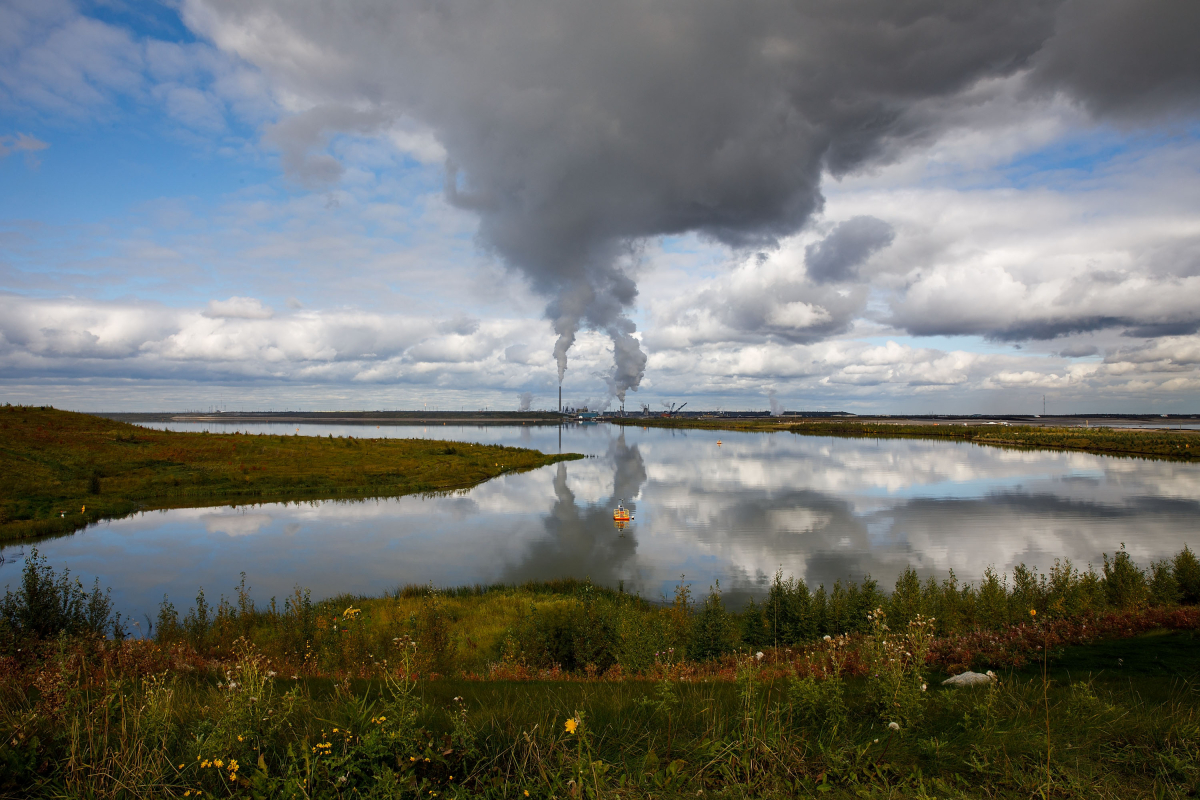





Comments
people crushed by laws have no hope but from power ( P R ) if laws are their enemies
they will be enemies to laws. Edmond Burke
The precautionary principle would suggest that the safety of an industrial process be proven before that process is employed on a commercial scale. But our species stampedes over environmental cliffs like so many lemmings.
Our country is littered with mine waste that has been left for the taxpayer to clean up. See, for example, the Giant Mine at Yellowknife.
If only a Biblical passage wasn't a fairy tale. Revelation 11:18. "God will bring to ruin those ruining the earth." The greed of peoplekind brings our world a very sad future.
Here's a weird idea. Alberta has tons of old conventional oil wells that haven't been capped, which down below are basically caverns that held toxic gunk in them for hundreds of millions of years until we pumped it out. Meanwhile, the tar sands have masses of leftover toxic gunk.
Why don't we just pump that stuff back down the old oil wells? They have a proven track record of containment when it comes to toxic gunk.
2800 years to clean up Alberta's abandoned oil wells, tailing ponds, abandoned mining sights. NO pipelines until the ugly extraction industry clears its liabilities. Does a bank lend money when a company is not capable of paying back it's liabilities? NO! Should we apply the current economic model that says borrowers are responsible for their debts? If yes, then Canada cannot support any project in Alberta until its mess is cleaned up. Or we can adopt the economic model that places value on the environment. Then we can just abolish the Alberta extractive industry from new projects since it does nothing but damage our planet, promote the extinction of species, damage sources of freshwater. Alberta is anti-life.
Well said.
Cleanup is going to be a bitch. And the WEXIT whiners are going to be going to the federal government with hands out, looking for the rest of Canada, using our tax dollars , to bail out Alberta. Alberta has lowered the corporate tax on the O&G and will do so again soon. Alberta still, to this day, does not have a provincial tax.
The Alberta government, by design, is choking the avenues to provincial revenues and putting the full burden on the average Albertan through cutbacks and increased services charges. The rest of Canada should be telling Alberta that it is their mess to clean up and not that of the rest of Canada. The only real benefit that Alberta contributes to the federal coffers is through personal and corporate income taxes. NONE of the product, the oil, is refined in Canada for Canadian consumers other than Quebec. Quebec does purchase product from Alberta and refines it there with existing refineries. The TMX pipeline is ONLY for foreign sales and not Canadian sales and the sales and investments in O&G for product and extraction and exploration globally is on the wane.
Alberta's obsession with having only one industry in a climate of declining investment is culminating in a disaster and there is no one to blame but themselves and all previous Alberta Conservative governments - not Justin Trudeau, not Ottawa, not BC, not Quebec. Only the CONservatives and the uneducated RednecKKKs who blindly follow the CONservatives just because they always have and nothing, not even facts, will change their minds.
Well...duh!
As if we did not know, from the get-go that the tar sands project was a disaster unfolding. NOTHING, not even the toxic product of this demented bid for wealth, can be described as useful, economic, or benign.
Now we must wait for the geologically slow processes of nature to bury the evidence of our stupidity. Our species will probably not live long enough to see this happen.
The article is a bit dated, but still relevant.
I believe that Canadians today would strenuously object to any attempt by Alberta to upload the cleanup costs to the nation. That responsibility belongs to Alberta taxpayers and the oil industry alone. If the feds one day cave to this demand, then provinces like BC should -- like Alberta in years past -- demand a refund on its significant contribution to Equalization over the decades.
BC has contributed willingly and without complaint since it recovered from Harper's 2007 signing of the softwood lumber agreement with the US, one that caused great planned disruption in the sales of BC wood to American consumers for about two years, and when BC thus needed EQ payments. Unlike Alberta, BC has since diversified its economy where today's contribution of tech and knowledge to BC's economy alone exceeds the GDP contribution of all fossil fuels, agriculture and fisheries combined.
The longer Alberta puts off modernizing its taxation regimen and diversifying its economy the harder it will be to move forward. Further, the more unseemly its begging for federal dollars will be in light of its generations of loudmouth braggadocio about it's supposed "underpinning" of the rest of Canada with outgoing EQ payments, all the while building up a huge legacy of unmet environmental remediation and a tax policy adopted from Texas that doesn't support all of its public services. The fact that Kenney and his then health minister took it out on doctors at the beginning of a worldwide pandemic says it all.